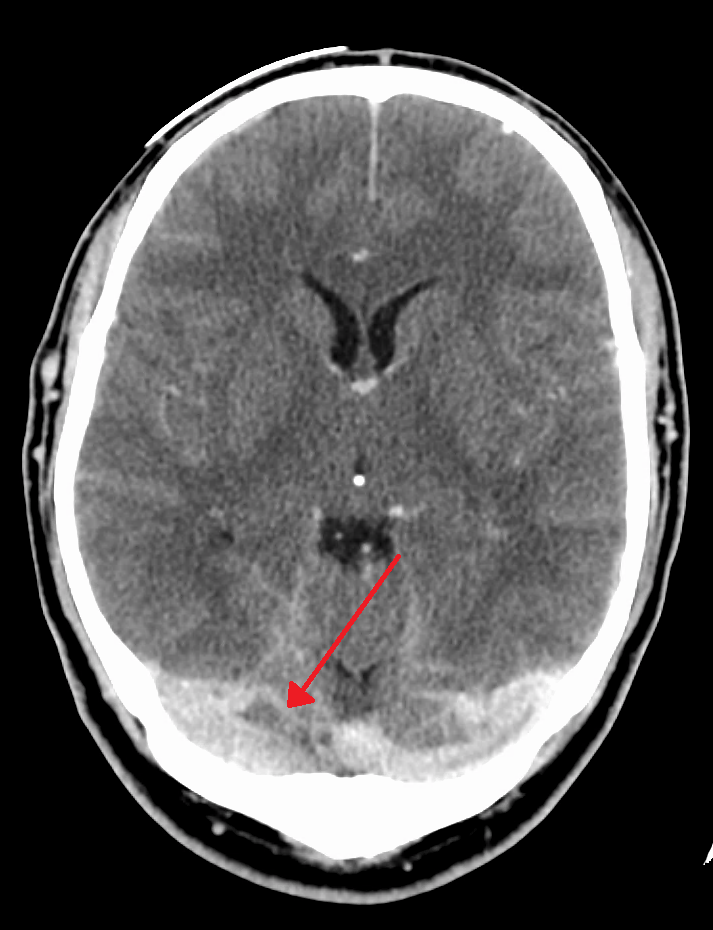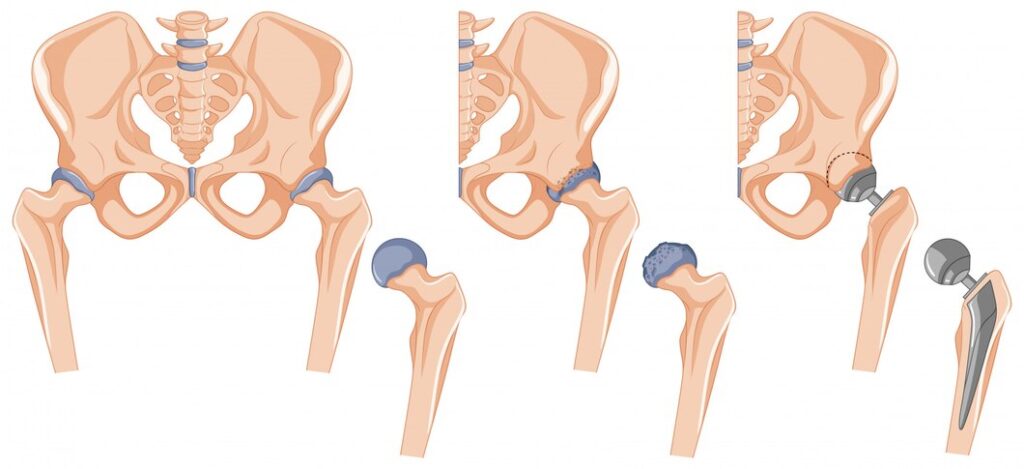Overview
Cerebral venous sinus thrombosis (CVST) is a rare but serious condition involving a blood clot in the dural venous sinuses of the brain. This condition can lead to increased intracranial pressure, potentially causing severe headaches, stroke-like symptoms, and even death.
Case Presentation of CVST
Patient History
A 35-year-old female presents with a severe headache, double vision, and confusion. She has a history of using oral contraceptives but no significant past medical history.
Examination and Initial Findings
Neurological examination reveals right-sided weakness and slurred speech. An initial CT scan shows signs of intracranial hemorrhage, raising suspicion of CVST.
Diagnostic Workup
An MRI with MRV confirms the presence of a thrombus in the superior sagittal sinus. Blood tests indicate elevated D-dimer levels and the presence of a genetic thrombophilia.
Treatment Plan
The patient is started on intravenous heparin, followed by oral warfarin. She is monitored for signs of increased intracranial pressure and managed with appropriate medications. A follow-up MRI shows resolution of the thrombus after six months.
Outcome
The patient gradually recovers with partial improvement in neurological function. She continues on anticoagulation therapy and undergoes regular follow-ups to monitor her condition.
What is CVST?
CVST, or cerebral venous sinus thrombosis, occurs when a blood clot forms in the brain’s venous sinuses. These sinuses drain blood from the brain, allowing it to circulate back to the heart. A blockage in these sinuses can cause blood to back up, leading to increased pressure inside the skull, reduced blood flow, and potentially severe neurological damage.

Causes
Understanding the causes of CVST is essential for prevention and treatment. The main causes include:
- Thrombophilia: Genetic or acquired conditions that increase blood clotting.
- Infections: Severe infections, such as meningitis or sinusitis, can lead to CVST.
- Trauma: Head injury can cause damage to the venous sinuses.
- Hormonal Factors: Oral contraceptives, pregnancy, and hormone replacement therapy increase the risk.
- Medical Conditions: Conditions like cancer, dehydration, and inflammatory diseases can contribute.
- Surgery: Recent surgeries, particularly neurosurgical procedures, can lead to CVST.
Signs and Symptoms
Recognizing the signs and symptoms of CVST can facilitate prompt medical attention. These symptoms vary depending on the location and extent of the clot but often include:
- Headache: Often severe and persistent.
- Visual Problems: Blurred vision, double vision, or vision loss.
- Neurological Symptoms: Weakness, numbness, or difficulty speaking.
- Seizures: Especially in patients without a prior history.
- Altered Mental Status: Confusion or decreased level of consciousness.
- Nausea and Vomiting: Due to increased intracranial pressure.
Diagnosis
Accurate diagnosis of CVST requires a combination of clinical evaluation and imaging studies. Key diagnostic steps include:
- Clinical Evaluation: Assessing symptoms and medical history.
- Imaging Studies:
- CT Scan: Often the first imaging modality used, can reveal hemorrhage or infarction.
- MRI: More sensitive than a CT scan, can detect the clot and related complications.
- MRV (Magnetic Resonance Venography): Provides detailed images of the venous system and can confirm the presence of a thrombus.
- Laboratory Tests: Blood tests to identify underlying causes, such as thrombophilia or infection.
Treatment
Treating CVST focuses on dissolving the clot and preventing new ones. Treatment options include:
- Anticoagulation Therapy: The primary treatment involves heparin, followed by oral anticoagulants like warfarin. These medications prevent further clotting.
- Thrombolytic Therapy: In severe cases, thrombolytic agents can be used to dissolve the clot.
- Management of Intracranial Pressure: Medications or surgical interventions to reduce pressure within the skull.
- Treatment of Underlying Conditions: Addressing infections, controlling inflammatory diseases, or adjusting hormonal therapies.
Complications
Despite treatment, CVST can lead to several complications:
- Recurrent Thrombosis: The risk of developing additional clots remains.
- Chronic Headaches: Persistent headaches can occur even after the clot resolves.
- Neurological Deficits: Long-term deficits, such as weakness or vision problems, may persist.
- Seizures: Continued risk of seizures, requiring long-term anticonvulsant therapy.
- Death: In severe cases, especially if treatment is delayed, CVST can be fatal.
In conclusion, CVST is a complex and potentially life-threatening condition that requires prompt diagnosis and aggressive treatment.
Read more:

